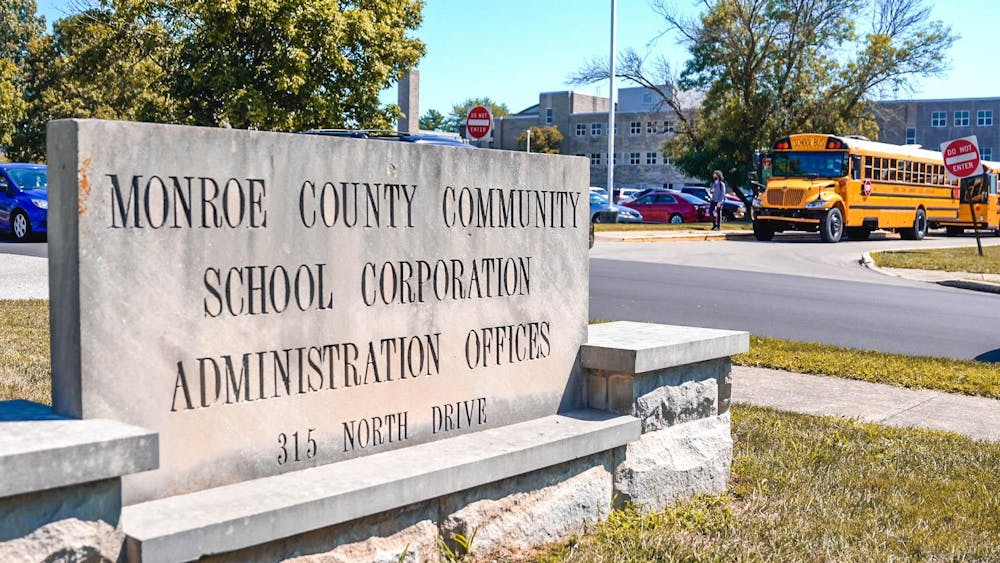The Monroe County Community School Corporation Board of School Trustees plans to recommend a merger resolution between Childs Elementary and Templeton Elementary at their next meeting April 23, according to a recently released meeting agenda.
If adopted, the merger will officially take place starting during the 2025-26 school year.
There’s no plan for what the merger would look like yet. The resolution states the new interim superintendent will spend the first half of their term, starting July 1, creating a formal plan through discussion with the Monroe County Education Association, teachers, staff, families and community members. The superintendent will present the plan with recommendations on or before Dec. 31, 2024.
The board announced at the last meeting March 26 they would vote on a merger plan at the April meeting. It also said they would vote on redistricting, but there’s currently no resolution listed. The board plans to discuss redistricting, which will likely include going over any plans it has received since the last meeting. The merger resolution also includes the board’s reaffirmed commitment to studying comprehensive redistricting, mentioning the resolution from their Feburary meeting.
The original merger plan called for students from both schools to attend Childs for pre-K through second grade and Templeton for third through sixth grade.
Childs and Templeton were chosen because while their attendance zones are next to each other, the resources available vary widely, according to the merger resolution.
The district determines socioeconomic status of a school’s population by the percentage of students who qualify for free or reduced lunch. 72.21% of Templeton students qualify, while only 8.92% of Childs students do, according to state data.
Steve Hinnefeld used to work for the Herald-Times, and covered education in the 1990s. He still lives in Bloomington and is a grandparent to an MCCSC student. These differences come down to differences in housing policy, he said. These two schools work well for a merger because they’re so close that they don’t ignite the “neighborhood schools” debate.
“It’s going to be hard to create school attendance areas that are balanced economically, but they certainly can do a better job of it than what they have,” Hinnefeld said. “Templeton-Childs is the perfect example, where you could redraw those two districts without really creating much disruption.”
The community has strongly opposed the original merger plan. Public commenters at multiple board meetings and community work sessions about the elementary merger have expressed frustration that the board isn’t listening to their concerns.
For example, both schools have multi-age programs that would not exist if schools were split by grade. Others raised concerns about transportation and the lack of details available in the original plan.
However, board members have stated they’ve received supportive emails from parents who can’t make the meetings.
“When you're sitting here, consider thinking through this process and who's not in this room right now,” board assistant secretary Ashley Pirani said at a community work session Feb. 28.




